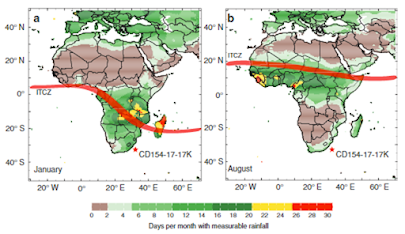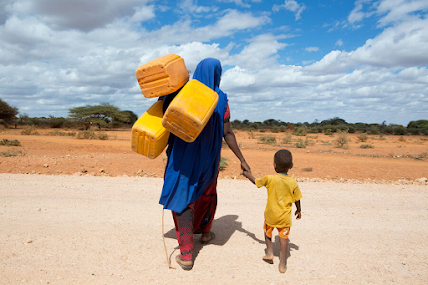Final Reflections
This post marks the end of the series of blogs exploring the complex relationship between water and food in Africa. Throughout the process of learning, researching and writing, my knowledge about Africa, its water resources and food have developed remarkably from the first week. Some of my most fascinating takeaways from researching about water and food are listed below: 1) The generalised stereotypical thought that Africa has no water is untrue. Although droughts and impacts of climate change can reduce surface water availability across the continent, Africa is underlaid with groundwater stores of water such as fossil aquifers that can significantly positively impact agricultural systems and reduce the risk of food insecurity, if utilised sustainably. 2) Africa imports a significant amount of its food from other continents and nations to conserve its water that would normally be rendered ‘virtual’ or ‘hidden’. Whilst this remains a good economic strategy, it questions the self-suffici...




